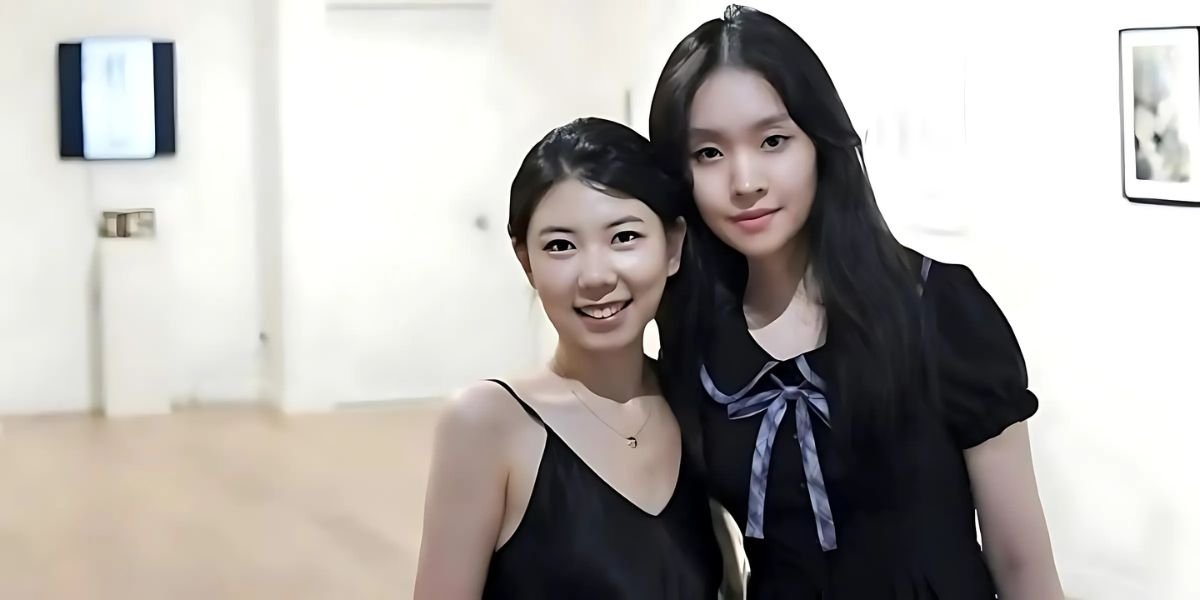Imagine a landscape painting where distant mountains appear smaller and hazy, while a path winds its way towards the horizon, seemingly disappearing into the distance. This is the power of perspective at play. It allows artists to accurately represent the way our eyes perceive the world, where objects appear smaller as they move further away.
Through the skillful use of converging lines, vanishing points, and varying sizes, artists can guide the viewer’s eye into the depths of their creations. This not only makes the artwork visually appealing but also invites viewers to step into the scene and explore the illusionary space. Whether it’s a grand architectural drawing or a simple still life, perspective adds a layer of realism and depth that captivates the imagination.
Understanding the Fundamentals of Perspective
At its core, perspective is rooted in how our eyes perceive the world. Objects appear smaller as they recede into the distance, and parallel lines seem to converge towards a vanishing point on the horizon. Artists harness these visual cues to create a sense of depth on a two-dimensional surface.
Various types of perspective exist, each offering a unique approach to depicting depth. Linear perspective is perhaps the most well-known, utilizing converging lines to create a realistic illusion of space. Aerial perspective, on the other hand, focuses on how atmospheric conditions affect the appearance of distant objects, blurring details and muting colors to convey distance.
Achieving mastery in perspective requires practice and an understanding of its underlying principles. Artists often employ tools like grids and guidelines to accurately map out their compositions and ensure proper proportions. The use of reference images and real-life observation can also aid in understanding how perspective works in the natural world.
The Impact of Perspective in Art
Perspective was a game-changer in the world of art. It was like giving artists a magic wand to create pictures that felt real and drew you in. Before perspective, paintings were flat, like looking at a wall. But with perspective, artists could create the illusion of depth, making their works come alive.
Think of the famous paintings from the Renaissance period, like those by Leonardo da Vinci or Michelangelo. They used perspective to make their subjects look like they were standing right in front of you. Today, even with digital art, perspective is still a key skill. It’s what makes video games look so immersive or animated movies so believable.
So, whether you’re looking at a classic painting or playing the latest video game, remember that perspective is the hidden force behind the illusion. It’s the tool that artists use to trick our eyes and transport us into another world.
The principles of perspective extend beyond the realm of art. Architects and designers utilize perspective to create blueprints and visualizations that accurately represent the spatial relationships of their creations. In everyday life, understanding perspective can enhance our ability to interpret photographs, navigate unfamiliar environments, and appreciate the visual world around us.
Perspective is not merely a technical skill but a window into how we perceive and interact with the world. By understanding and applying this powerful tool, we can unlock new dimensions of creativity and appreciation for the visual arts.









